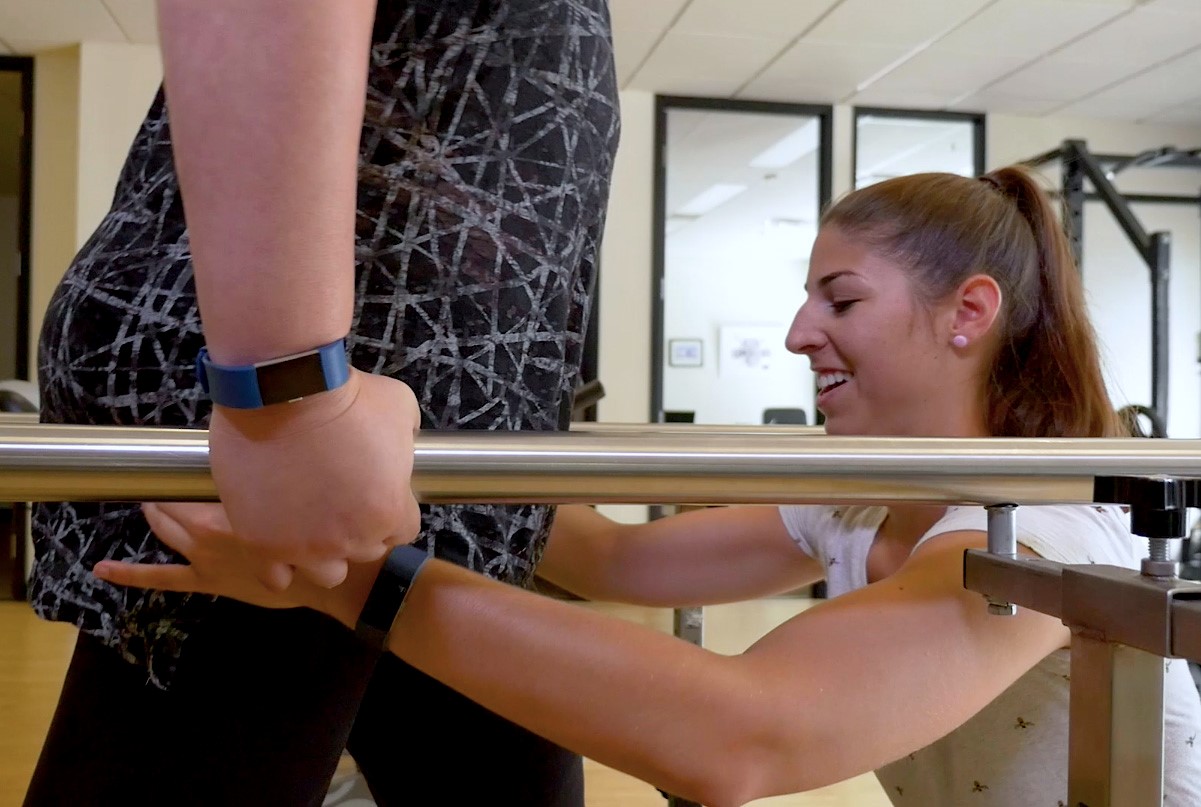If you are a woman between the ages of 45 and 55, chances are you have experienced at least one of the most common menopause symptoms. These menopause symptoms include hot flashes and night sweats, vaginal changes, sleep disturbances and mood changes.[i] Pelvic health physiotherapists frequently treat women who are surprised to learn how much physiotherapy can help manage menopause-related symptoms.
Understanding the most common menopause symptoms and their underlying causes is key to maintaining pelvic health and overall quality of life during this stage.
Table of Contents
- Pelvic floor changes and bladder symptoms
- Vaginal dryness and discomfort
- Pelvic pain and muscle tension
- Changes in sexual function
- Core and postural weakness
- Sleep disturbances and fatigue
- Stress and mood changes
- Hot Flashes and night sweats
- Conclusion
Menopause is a natural biological transition that marks the end of a woman’s reproductive years. This transition typically occurs between the ages of 45 and 55. While every woman’s experience is unique, hormonal changes during this time—particularly the decline in estrogen—can significantly affect multiple body systems, including the pelvic floor. Here is a list of the most common menopause symptoms:
1. Pelvic Floor Changes and Bladder Symptoms
Estrogen plays a crucial role in maintaining the strength and elasticity of pelvic tissues. As levels drop, women may experience:
- Urinary urgency or frequency
- Stress urinary incontinence (leakage with coughing, sneezing, or physical activity)
- Pelvic heaviness or pressure, often associated with pelvic organ prolapse
A pelvic floor physiotherapist can help by assessing muscle tone, strength, and coordination. Treatment may include individualized pelvic floor muscle training, bladder retraining, and education on bladder health habits. These interventions can reduce leakage, improve bladder control, and enhance confidence in daily activities.
2. Vaginal Dryness and Discomfort
Reduced estrogen can cause vaginal atrophy, leading to dryness, itching, and discomfort during sexual activity. These symptoms can affect intimacy and quality of life.
Pelvic health physiotherapy can provide relief through:
- Gentle tissue mobilization and relaxation techniques
- Guidance on lubricant and moisturizer use
- Education on maintaining blood flow and tissue health
Pelvic health physiotherapists often work collaboratively with physicians or nurse practitioners, who may recommend topical estrogen therapy or other medical treatments to complement physiotherapy care.
3. Pelvic Pain and Muscle Tension
Hormonal changes, combined with stress or reduced physical activity, can contribute to pelvic pain or tightness. Overactive pelvic floor muscles can lead to aching, burning, or pressure in the lower abdomen, hips, or perineal region.
A pelvic physiotherapist can use manual therapy, relaxation breathing, myofascial release, and gentle stretching to restore comfort, mobility, and muscle balance.
4. Changes in Sexual Function
Many women notice changes in sexual function during menopause, including reduced desire, arousal difficulties, or pain with penetration. These changes are influenced by both physical factors (such as vaginal dryness and muscle tension) and emotional factors (such as stress or self-image).
Pelvic health physiotherapy can enhance blood flow, tissue flexibility, and pelvic floor coordination, helping women feel more comfortable and confident in their sexual health. Education and open discussion in a supportive, private environment are key components of this care.
5. Core and Postural Weakness
Loss of estrogen contributes to decreased muscle mass and connective tissue integrity, which can affect posture, stability, and overall strength. Weakness in the deep abdominal and pelvic muscles can also contribute to back pain and pelvic symptoms.
Physiotherapy-based core strengthening and postural training programs help improve stability, balance, and functional strength, supporting active and pain-free movement throughout menopause.
One systematic review found that strength training in menopausal women can improve strength, physical activity levels, bone density and hormonal and metabolic levels.[ii]
5. Sleep Disturbances and Fatigue
Fatigue is a common symptom during menopause and can impact more than just energy levels. Fatigue affects posture, breathing, and muscle coordination, including the pelvic floor. Poor sleep and low energy may lead to reduced activity, increased tension, and even worsening pelvic symptoms such as pain or leakage. Gentle exercise, breathing techniques, and pacing strategies guided by a physiotherapist can help restore energy, improve muscle function, and support overall pelvic health during this transition.
6. Stress and Mood Changes
Hormonal changes, sleep disturbances, and physical symptoms such as hot flashes and pelvic discomfort can place added strain on the nervous system, leading to increased muscle tension and stress.
Physiotherapists use techniques such as diaphragmatic breathing, relaxation training, mindfulness-based movement, and gentle pelvic floor exercises to help regulate the body’s stress response. By promoting parasympathetic nervous system activity—the body’s natural “rest and restore” mode—these approaches can reduce anxiety, improve sleep quality, and ease pelvic muscle tension. This integrated approach not only supports emotional well-being but also enhances pelvic floor function and overall quality of life during the menopausal transition.
7. Hot Flashes & Night Sweats
Hot flashes and night sweats are symptoms caused by fluctuations in estrogen levels during menopause, which affect the body’s ability to regulate temperature. When estrogen declines, the hypothalamus — the brain’s temperature control centre — becomes more sensitive to slight changes in body heat, triggering sudden waves of warmth, sweating, and sometimes a rapid heartbeat.
Night sweats are essentially hot flashes that occur during sleep and can significantly disrupt rest and recovery. Disturbed sleep and fatigue can contribute to increased muscle tension, heightened pain sensitivity, and reduced pelvic floor function.[iii]
Research shows that regular physical activity, paced breathing, and relaxation techniques can help modulate the autonomic nervous system, improving both temperature regulation and stress resilience.[iv]
Conclusion
If you are experiencing bladder leaks, pelvic discomfort, or changes in sexual function during menopause, know that these symptoms are common—but not something you have to live with. A pelvic health physiotherapist can assess your individual needs and develop a personalized plan to support your pelvic health, comfort, and confidence.
Menopause may be a natural part of aging, but it does not have to mean living with pain, leakage, or discomfort. Pelvic health physiotherapy offers safe, effective, and evidence-based treatment options to help women manage menopause symptoms and enhance their overall well-being.
At Propel Physiotherapy, our pelvic health team provides compassionate, individualized care to help you move through menopause feeling strong, supported, and empowered.
References
[i] Santoro N, Epperson CN, Mathews SB. Menopausal Symptoms and Their Management. Endocrinol Metab Clin North Am. 2015 Sep;44(3):497-515. doi: 10.1016/j.ecl.2015.05.001. PMID: 26316239; PMCID: PMC4890704./
[ii] Capel-Alcaraz AM, García-López H, Castro-Sánchez AM, Fernández-Sánchez M, Lara-Palomo IC. The Efficacy of Strength Exercises for Reducing the Symptoms of Menopause: A Systematic Review. J Clin Med. 2023 Jan 9;12(2):548. doi: 10.3390/jcm12020548. PMID: 36675477; PMCID: PMC9864448.
[iii] Fitzgerald, C. M., et al. (2008). Sleep in women with pelvic pain. Journal of Psychosomatic Research, 64(2), 169–176.
[iv] Daley, A. J., et al. (2011). Exercise for vasomotor menopausal symptoms. Cochrane Database of Systematic Reviews, (5).
Written by

















